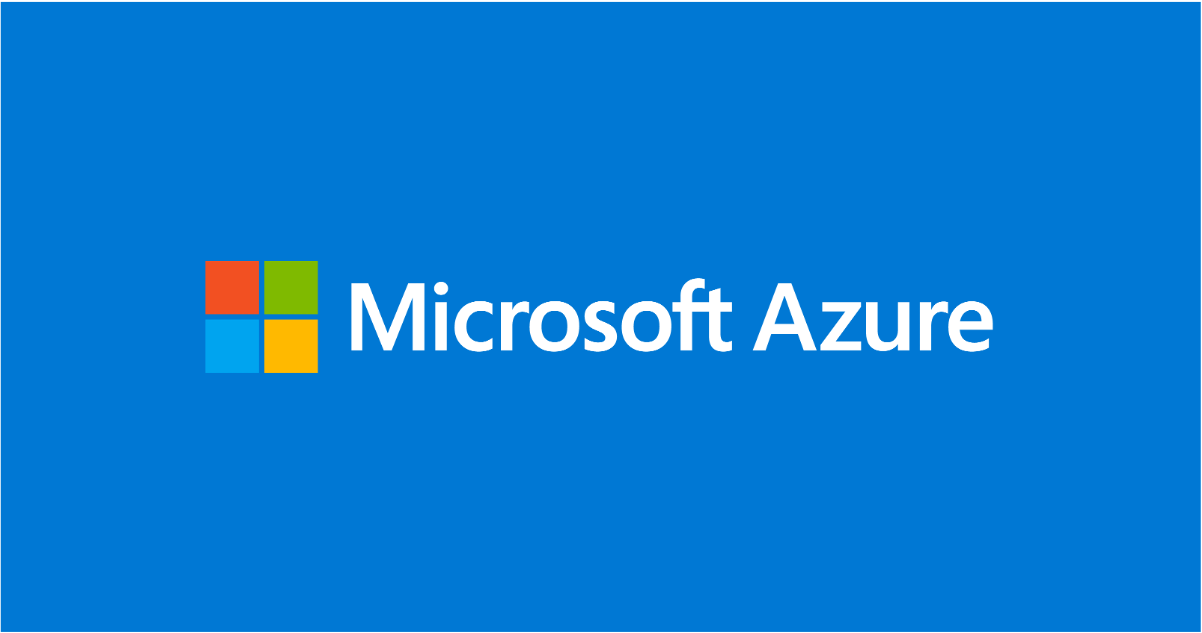Effortlessly Migrate Azure VMs between zones

For various reasons you might come across a situation when you need to migrate your Azure VMs from one zone to another. Migrating Azure VMs between zones can be a daunting and time-consuming task, especially when done manually. I’m excited to share the Python tool I’ve developed that simplifies the process of migrating VMs along with its data disks across zones within Microsoft Azure.
The Challenge of VM migration
Migrating VMs specially along with its data disks, between zones can be a daunting task. It involves creating snapshots, creating disks from the snapshots in the new zone, creating VMs using those disks and ensuring that all configurations are correctly set up in the new zone. This process is not only time-consuming but also prone to errors if done manually.
Introducing the Azure VM Migration Tool
To address this challenge, I’ve created a Python script that automates the entire migration process. The tool takes snapshots of the disks attached to a VM in one Azure zone, create new disks using those snapshots in another zone, and create new VM using those disks in another zone and handling all the necessary steps in between. All you need to do is to provide necessary information in a CSV file and it will take care of all the complex tasks.
Key Features
- Snapshot Creation: The tool automatically creates snapshots of the disks attached to a VM, ensuring that a consistent state of the disk is captured for migration.
- Disks creation in target zone: It then creates disks in the target zone using the snapshots and abstract away the complexity of this operation.
- Create VM and attach data disks: Now new VMs are being created in the new zone and all disks are attached to the new VM.
- Logging: Throughout the process, the tool provides detailed logging, making it easy to monitor the migration and troubleshoot any issues that may arise.
How It Works
The script requires minimal setup. Users need to provide a CSV file with following information. A sample CSV has also been shared in the repository.
- Names of the source VMs
- Source VM Resource Group
- Operating system type
- New Resource Group where new VMs need to be created
- Target zone where VMs need to be created
- Size of the new VM.
Apart from the above information, following information also needs to be provided in the script.
- Virtual Network Name
- Subnet Name
- Virtual Network
The tool then performs the following steps:
1. Capture Subnet ID: It starts by capturing the subnet ID that will be used in the VM creation process in the target zone.
2. Create Snapshot: The tool creates snapshots of the disks attached to the VM.
3. Create disks from the snapshot: The snapshots are then used to create disk in the target zone.
4. Create VM and Attach Disks: Finally, the new OS disk is used to create new VM in the target zone and the data disks are attached to the VM.
Getting Started
To use the tool, you’ll need Python 3.6.x and the Azure CLI installed on your machine. Then, simply run the script with `python az_vm_migration_tool.py`, passing the name of a CSV file containing the migration parameters as an argument.
Github repo
Conclusion
The Azure VM Migration Tool represents a significant step forward in simplifying the process of migrating VMs within Azure. By automating the migration process, it not only saves time but also reduces the potential for errors, making it an invaluable resource for anyone managing Azure VMs.
Published on:
Learn moreRelated posts
Video: Copilot Studio – Connect Azure SQL As Knowledge
SQL is where the worlds data is stored. And in this video I’m going to ... The post Video: Copilot Studio – Connect Azure SQL As Knowled...
Azure Backup Threat Detection
One Azure, Many Logins: How Users Access Microsoft’s Cloud Safely
Users can access Microsoft Azure through several flexible and secure methods, depending on their role, device, and workload needs. The most co...
Unlocking New Possibilities: Microsoft Azure Hyperscale AI Computing with H200 GPUs Accelerates Secure AI Innovation in Azure for U.S. Government Secret and Top Secret
As artificial intelligence continues to reshape industries and redefine the boundaries of innovation, Microsoft is proud to announce a leap fo...
Tata Neu delivers personalized shopping experiences for millions of users with Azure DocumentDB
With Azure DocumentDB, Tata Neu delivers seamless authentication for millions of users, accelerates credit card onboarding across partners, un...